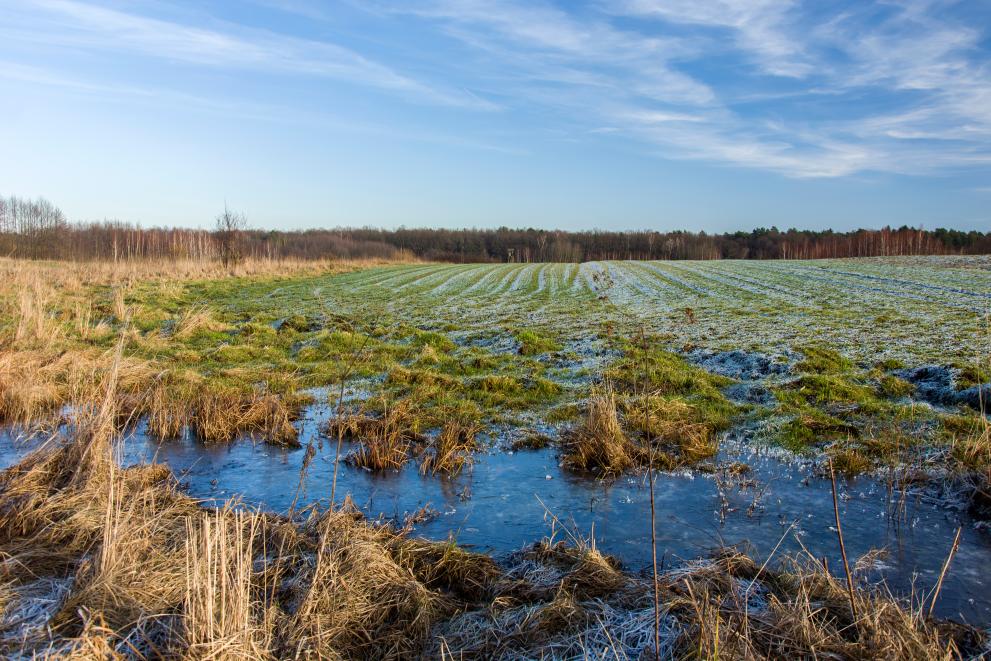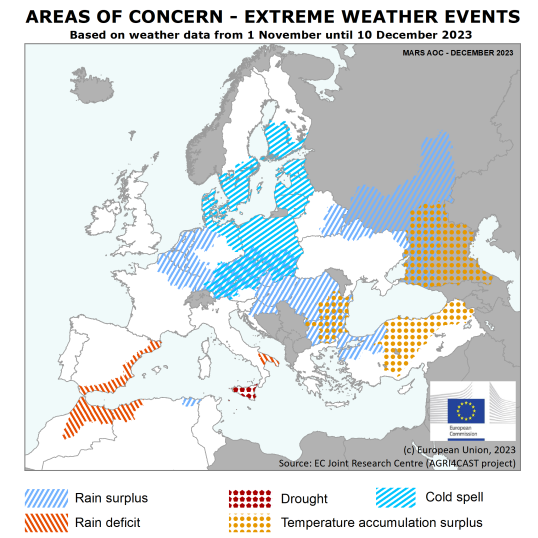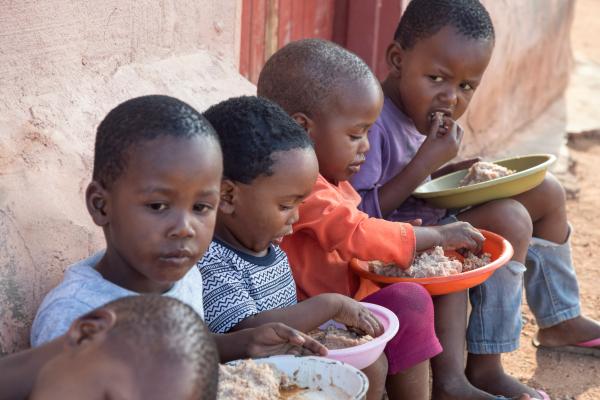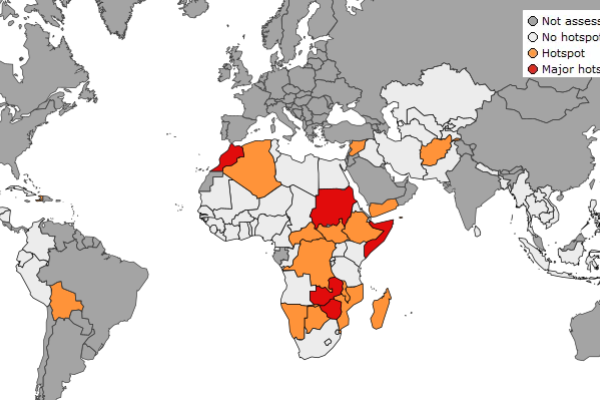
Little or no negative impacts of cold spells in the north; local impact in central Europe
In large parts of central and northern Europe, temperatures reached distinctly negative values, while winter crops were still relatively vulnerable to frost due to the preceding warmer-than-usual conditions and late sowing.
The cold spell in Finland and the Baltic countries, despite very low temperatures (locally down to –20 °C), is expected to have had a limited crop impact, if any, due to an already well-established insulating snow layer. In northern Germany, Denmark, southern Sweden, and northern Poland, the sudden drop in temperatures, combined with high soil water levels and the lack of snow cover is likely to have induced damage to winter crops locally. In south-eastern Germany, Austria, Czechia, southern Poland and Slovakia, potential damage was mitigated by snow fall, which regionally brought more than 20 cm of fresh snow to insulate plants from the cold.
Overly wet conditions continued to affect field operations in north-western regions
Overly wet conditions, partly accompanied by snow, disturbed the end of sowing, particularly for soft wheat, in northern France, the Benelux countries and western Germany. Planned sowings are unlikely to be fully achieved in these regions, which is expected to lead to an increase in the area of spring cereals. In France, about 10% of planned soft wheat areas remained unsown.
Predominantly positive effects of high precipitation in southern-central and eastern Europe
High precipitation in southern-central and eastern Europe had little or no negative impacts on crops. It was particularly beneficial in Romania and Bulgaria, where it mitigated/ended the previous drought situation, which, together with above-average temperatures supported the establishment of the late sown winter crops. In Belarus, north-eastern Ukraine and European Russia, thick snow cover over winter wheat fields is providing adequate thermal insulation against severe cold events. This is not the case in the southernmost parts of European Russia, where high temperatures prevented snow accumulation as well as the build-up of frost tolerance.
Rain deficit raises concerns in some western Mediterranean regions
A distinct rain deficit was observed along the Mediterranean coast of Spain and in southern Italy (Puglia and Sicilia). This is of particular concern in Sicily, where drought, together with a marked delay in sowing, resulted in underdeveloped winter cereals, notably durum wheat. In the Maghreb, a rainfall deficit negatively affects wheat and barley in their early vegetative stages in northern Morocco and, especially, western Algeria.
Further information
JRC MARS (Monitoring Agricultural Resources) Bulletins
The latest information about global agricultural production hotspots for countries at risk of food insecurity is available on the JRC’s ASAP (Anomaly hot Spots of Agricultural Production).
Details
- Publication date
- 18 December 2023
- Author
- Joint Research Centre
- JRC portfolios





